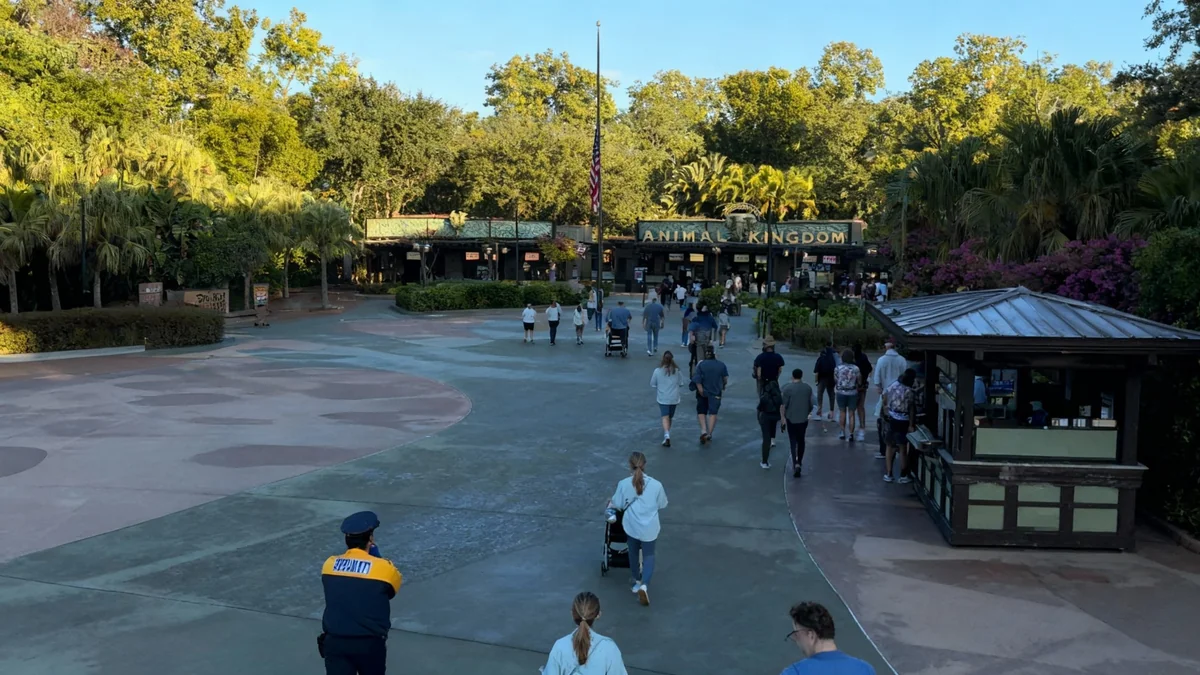A federal government shutdown has resulted in the closure of key facilities at the Sagamore Hill National Historic Site in Oyster Bay, leaving visitors to explore only the grounds. In contrast, the nearby Fire Island Lighthouse remains fully operational, as it is managed by a nonprofit organization rather than the National Park Service.
Key Takeaways
- Facilities at Sagamore Hill, including Theodore Roosevelt’s home and the visitor center, are closed due to the government shutdown.
- The Fire Island Lighthouse remains open to the public because it is operated by the nonprofit Fire Island Lighthouse Preservation Society.
- Visitors to Sagamore Hill expressed a mix of frustration with the political situation and appreciation for the accessible grounds.
- The shutdown affects more than 25% of national park sites across the United States, halting services like maintenance and trash collection.
Varied Impacts on Long Island's National Sites
Ten days into a federal government shutdown, the effects are visible at Long Island's national historic sites. At Sagamore Hill, the former home of President Theodore Roosevelt, the main house and museum are locked to the public. While lights were on inside the mansion, no park rangers or docents were present to guide visitors.
The closure extends to basic amenities, with some portable restrooms on the property also locked. According to the National Park Service (NPS) contingency plan, any area that is normally secured during nonbusiness hours must be locked during a shutdown. This has left visitors with access only to the scenic grounds and trails.
However, the situation is different at the Fire Island National Seashore. The iconic Fire Island Lighthouse continues to welcome hundreds of visitors daily. This is possible because the lighthouse is staffed and maintained by the Fire Island Lighthouse Preservation Society, an independent nonprofit group not funded by the federal government.
Nationwide Park Closures
The shutdown has forced the closure of more than a quarter of all national park sites across the country. The NPS contingency plan outlines that during this period, services such as trash collection, restroom cleaning, and road maintenance are suspended. While law enforcement and border protection activities continue, public-facing services are largely halted.
Visitor Experiences Amidst the Shutdown
Despite the closures at Sagamore Hill, a number of people visited the site on Friday morning to walk the grounds. Their reactions highlighted a blend of disappointment and resilience.
Paul and Carolyn Rezza of Seaford sat on the rocking chairs on Roosevelt's porch, looking out over the meadows. Paul expressed his frustration with the political leaders responsible for the shutdown. "They don’t care about a single person they represent," he said. "It’s all about them."
Despite this, he found peace in the visit. "I’m enjoying the day," he added. "It’s so peaceful. The colors are starting to change." Carolyn, whose grandfather reportedly shook Roosevelt's hand as a child, agreed. "I could sit here for hours," she said.
Travelers Face Disappointment
For some, the shutdown disrupted long-planned trips. Kevin and Debbie Harwell traveled five hours from State College, Pennsylvania, to see the historic site. As avid history enthusiasts who have visited numerous national parks, this was their third attempt to tour Roosevelt's house.
"Then the shutdown happened. We’re not meant to go in the house," Debbie Harwell concluded, noting her unease about the closure of what she considers "hallowed ground."
Her husband, Kevin, shared a broader concern. "Our laws and our government systems are being challenged in ways they haven’t been challenged before," he said. "I’m hopeful that our better angels prevail."
Other visitors found ways to adapt. Katherine Greco, who grew up in nearby Bayville, brought her husband Zac from their home in Dallas to see a place special to her late father. Finding the house closed, they used a mobile app to take a self-guided tour of the grounds.
Did You Know?
Sagamore Hill, known as the "Summer White House" during Theodore Roosevelt's presidency from 1901 to 1909, covers 83 acres of forests, meadows, and salt marsh. The 23-room Queen Anne-style home was his residence from 1885 until his death in 1919.
Nonprofit Steps In at Fire Island
At the Fire Island Lighthouse, Executive Director Jonathan Gaare explained that his nonprofit's independence from federal funding allows it to remain open. The organization relies on fundraising to maintain the lighthouse, its navigational beacon, and educational programs for visitors.
Gaare, a former park ranger, noted that the shutdown announcement created significant uncertainty, especially as the society was preparing for its largest annual fundraiser. The event is now proceeding as planned.
He also mentioned the concerns he hears from visitors about the broader park. "They’re worrying about their park, their backyard. They want the boardwalk to be maintained, the bathrooms to be maintained," he explained.
Gaare expressed his support for the furloughed federal employees. "I feel for the federal employees who dedicated their careers to public service, especially to the rangers here who dedicated their careers to protecting this land for Long Islanders," he stated. "These little nuggets of wildlands, they definitely need to be protected."





